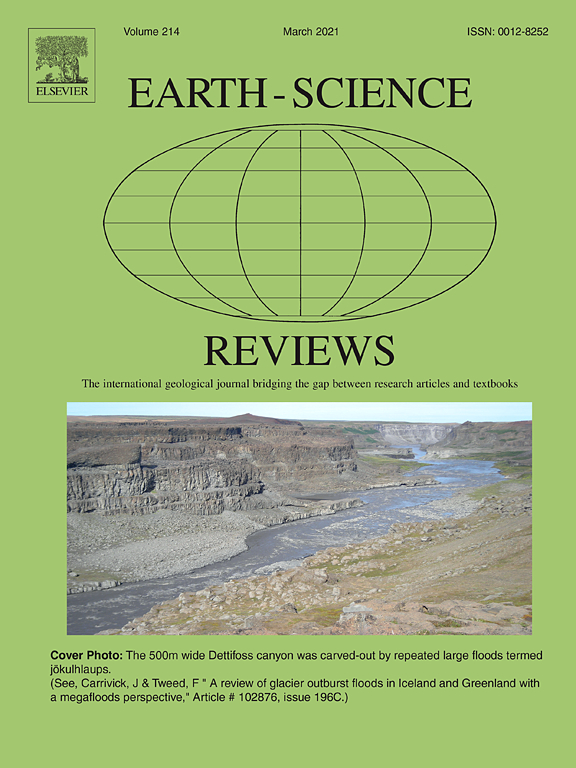Nuevo artículo en la prestigiosa revista Earth-Science Reviews sobre el registro geológico de Tsunamis en el Mediterráneo y Golfo de Cádiz, en el que es co-autor el profesor Javier Lario.

Abstract
After the 2004 Indian Ocean (IOT) and the 2011 Tohoku-oki tsunamis, new research in tsunami-related fields was strongly stimulated worldwide and also in the Mediterranean. This research growth yields substantial advancements in tsunami knowledge.
Among these advancements is the “Paleotsunami” research that has marked particular progress on the reconstruction of the tsunami history of a region. As an integration of the historical documentation available in the Mediterranean and the Gulf of Cadiz areas, geological and geoarchaeological records provide the insights to define the occurrence, characteristics, and impact of tsunamis of the past. Here, we present the recent advancements done for both the onshore and offshore realms.
As for the onshore, we discuss case studies dealing with recent high-resolution works based on: a) direct push in situ sensing techniques, applied to identification and characterization of typical paleotsunami deposits features; b) combined XRF-X-CT approach, implemented for the identification of fine-scale sedimentary structures useful for the definition of the causative flow dynamics; c) the geoarchaeological “new field” contribution, with the development of specific diagnostic criteria in search for tsunami impact traces in archaeological strata; d) comparison of multiple dating methods and of different modeling codes for the definition of the potential source for the displacement of boulders of exceptional dimension, identified by 3D size calculation.
As for the offshore advancements, we present case studies focusing on the recognition of tsunami deposits and their sedimentary traces in the geological record from the nearshore, thanks to diver-operated coring equipment, down to the continental slope, by means of vibracorer and long gravity core sampling in deeper areas. The examples provided show a multiproxy approach with a high potential of retrieving a complete record of paleotsunami traces at least during the Holocene. This is based on the combination of multidisciplinary approaches including X-ray imaging, high-resolution measurement of physical properties, X-ray fluorescence data, grain-size analysis, micropaleontology, palynological content, isotopic and optically stimulated luminescence dating methods.

